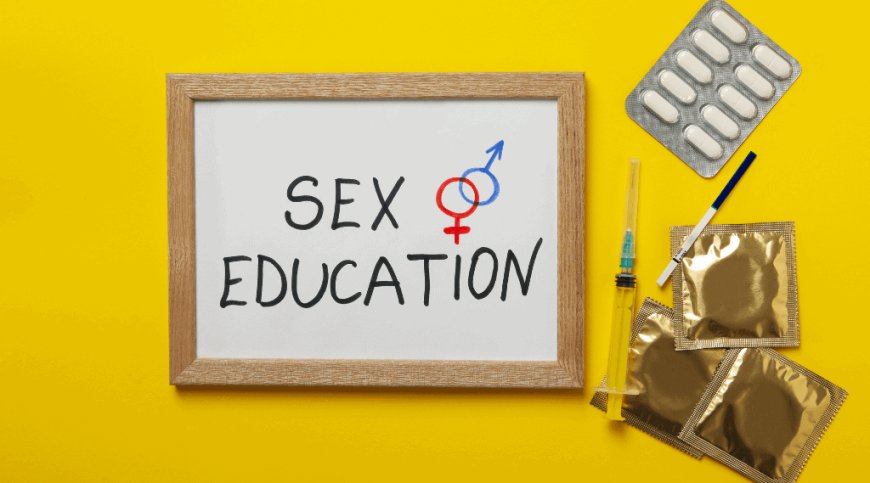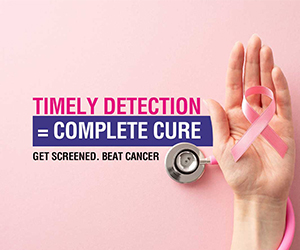Addressing Common Myths: Why Evidence-Based Sex Education Benefits Students and Communities
Debunk common myths about sex education with research evidence showing how comprehensive programs benefit students and communities through improved health and educational outcomes.

Despite decades of research supporting comprehensive sex education, persistent myths continue to influence policy decisions and community attitudes. These misconceptions often stem from fear, cultural beliefs, or outdated information. By examining the evidence and addressing these myths directly, we can make more informed decisions about sexual health education that truly serve our students and communities.
Myth 1: Sex Education Encourages Sexual Activity
Perhaps the most pervasive myth is that teaching about sexuality encourages young people to become sexually active earlier or more frequently. This concern is understandable but contradicted by extensive research.
Multiple studies demonstrate that comprehensive sex education actually delays sexual initiation. A systematic review of 83 studies found that students receiving comprehensive programs were more likely to postpone sexual activity compared to those receiving abstinence-only education or no formal sex education.
The reason for this delay is logical: when young people understand the physical, emotional, and social implications of sexual activity, they make more thoughtful decisions about timing. They learn to recognize readiness factors and consider consequences more carefully.
Evidence-based programs also strengthen decision-making skills and self-efficacy, helping students resist peer pressure and make choices aligned with their personal values and goals.
Myth 2: Parents Should Be the Only Source of Sex Education
While parents play a crucial role in their children's sexual health education, the myth that they should be the sole source creates several problems. Many parents feel unprepared to discuss sexual health topics, lack current medical information, or struggle with their own discomfort around these conversations.
Research shows that students benefit most when they receive consistent, reinforcing messages from multiple trusted sources. Schools can provide medically accurate information while parents contribute family values and ongoing support.
Effective sex education programs actually strengthen parent-child communication by providing common vocabulary and opening doors for family discussions. Students who receive school-based education are more likely to talk with their parents about sexual health topics.

Myth 3: Comprehensive Programs Undermine Family Values
Some communities worry that comprehensive sex education conflicts with family or religious values. Quality programs, however, are designed to complement rather than replace family teachings.
Evidence-based curricula emphasize that families are the primary source of values guidance. They provide factual information while explicitly encouraging students to discuss values and decision-making with their parents or guardians.
Many religious and cultural communities have found ways to support comprehensive sex education while maintaining their value systems. The key is ensuring programs respect diverse perspectives while providing accurate health information.
Myth 4: Abstinence-Only Education Is More Effective
Despite continued support in some communities, abstinence-only programs have not demonstrated effectiveness in reducing teen pregnancy or STI rates. Multiple systematic reviews have found these programs ineffective at delaying sexual initiation or improving sexual health outcomes.
In contrast, comprehensive programs that include abstinence as the safest choice while also teaching about contraception and disease prevention consistently show positive results. This approach acknowledges that young people need information to make healthy decisions throughout their lives.
The evidence strongly supports comprehensive approaches that prepare students for the realities they will face rather than hoping they will avoid all sexual activity until marriage.
Myth 5: Sex Education Is Too Explicit for Young People
Concerns about age-appropriateness often stem from misunderstandings about what comprehensive sex education actually includes. Quality programs are carefully designed with developmental stages in mind, introducing concepts gradually and appropriately.
Elementary programs focus on body safety, basic anatomy using proper terminology, and family diversity. Middle school curricula address puberty and changing relationships. High school programs provide comprehensive information about sexual health and decision-making.
Research shows that age-appropriate sex education does not harm children emotionally or psychologically. Instead, it helps them understand their developing bodies and relationships in healthy ways.
Myth 6: Schools Can't Handle Sensitive Topics Appropriately
Some parents worry that teachers lack the training or sensitivity to address sexual health topics effectively. While this concern highlights the importance of proper educator preparation, it shouldn't prevent schools from providing essential health education.
Effective programs require trained educators who understand both the content and appropriate pedagogical approaches. Many states have developed certification requirements and ongoing professional development to ensure quality instruction.
Schools that invest in proper training, curriculum materials, and community engagement can provide high-quality sex education that meets professional standards and community expectations.
Myth 7: LGBTQ+ Inclusion Harms Heterosexual Students
Inclusive sex education that addresses diverse sexual orientations and gender identities benefits all students by creating safer, more supportive learning environments. Research shows that inclusive programs reduce bullying and harassment while improving academic outcomes for all students.
Providing accurate information about sexual orientation and gender identity helps LGBTQ+ students feel valued and supported while helping all students develop empathy and understanding. This inclusion doesn't change anyone's sexual orientation but creates more respectful school climates.

Myth 8: Sex Education Increases Risky Behaviors
Evidence consistently contradicts claims that comprehensive sex education increases risky sexual behaviors. Students who receive quality programs show lower rates of unprotected sex, multiple partners, and substance use in sexual situations.
This occurs because comprehensive programs emphasize risk reduction, decision-making skills, and communication abilities. Students learn to evaluate situations, negotiate safer practices, and seek appropriate healthcare when needed.
The Community Benefits of Evidence-Based Approaches
Beyond individual student outcomes, evidence-based sex education provides significant community benefits that address common concerns about program implementation.
Public health improvements include reduced rates of teen pregnancy, sexually transmitted infections, and sexual violence. These outcomes benefit entire communities through reduced healthcare costs and improved social outcomes.
Economic benefits are substantial, with every dollar invested in quality sex education returning multiple dollars in saved healthcare and social service costs. Communities with effective programs see reduced costs associated with teen pregnancy and STI treatment.
Educational benefits extend beyond sexual health to improved academic outcomes. Students in schools with comprehensive programs show better school engagement, reduced dropout rates, and improved long-term educational attainment.
Creating Community Support Through Evidence
Building community support for evidence-based sex education requires honest dialogue about myths and concerns while presenting clear research evidence. Successful communities engage diverse stakeholders in examining the data and developing programs that meet local needs while maintaining evidence-based standards.
Transparency about program content, outcomes, and implementation helps address concerns and build trust. When communities see the positive results of quality programs, support typically increases over time.
Moving Beyond Myths to Evidence
The persistent myths surrounding sex education often reflect genuine concerns about young people's wellbeing and community values. However, decisions about sexual health education should be based on evidence rather than fear or misconception.
The research is clear: evidence-based comprehensive sex education benefits students and communities through improved health outcomes, reduced risky behaviors, and enhanced life opportunities for young people. By addressing myths directly and focusing on proven approaches, we can implement programs that truly serve our shared goals of supporting healthy, successful young people.
Communities that move beyond myths to embrace evidence-based approaches find that comprehensive sex education aligns with their values of protecting young people and preparing them for healthy, successful futures.











